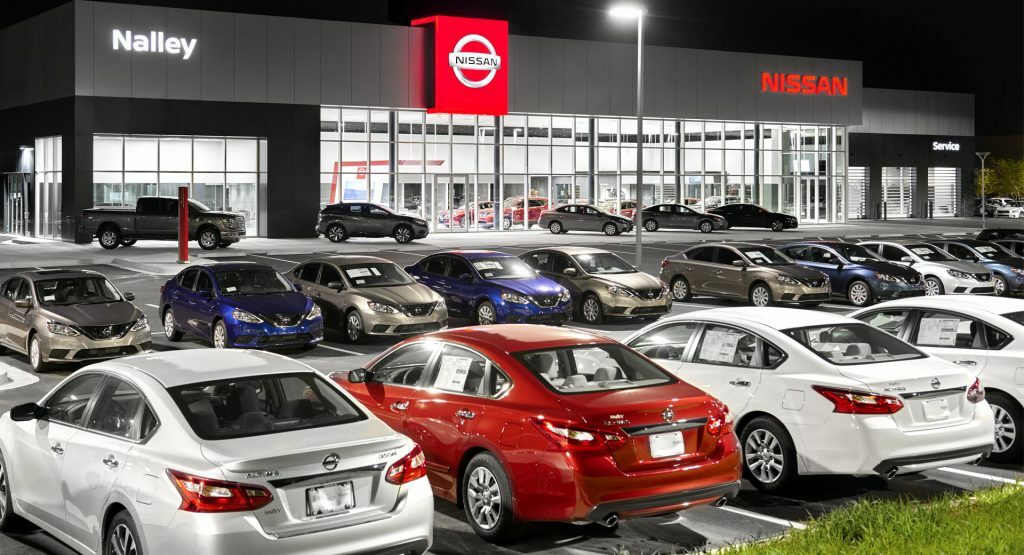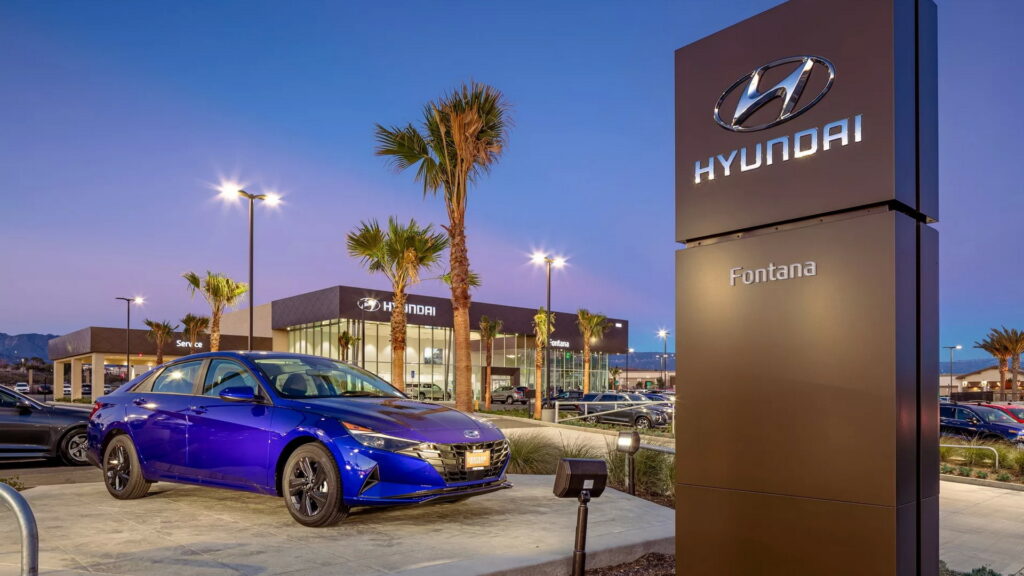- Automakers and their financial partners face a challenging future as the off-lease vehicle pool shrinks.
- In 2021, new-car leasing rates fell from one in three to one in six, reducing the number of buyers as leases end.
- Certified pre-owned cars will also see a reduction in supply as fewer lessees turn in vehicles to dealers.
After years of pandemic-inflicted troubles for the automotive industry, the new car market finally seems to be stabilizing, with dealer inventories rising and some semblance of stability on the horizon. However, dealers may have to navigate some choppy waters ahead as yet another knock-on effect from those pandemic years comes knocking.
The number of lease turn-ins—crucial for new vehicle sales, certified pre-owned programs, and customer retention—will plummet. If automakers and their financial partners cannot figure out how to handle this, the effects are expected to be felt for at least the next two years.
Read: The Fastest And Slowest Selling Car Brands In The US
According to Tyson Jominy, vice president of data and analytics at J.D. Power, the used-vehicle supply won’t return to 2023 levels until the end of the decade. Speaking to Autonews, he said, “We had fewer leased vehicles in 2021, so we have fewer people coming back in 2024, which means that in 2027, we still will not be back to normal,” Jominy explained.
This shortfall risks losing loyal customers who typically move seamlessly from one lease to the next, potentially impacting future sales.
In 2021, leasing rates went from one in three to one in six. The cause was increased demand, in part thanks to stimulus checks, which saw more buyers looking to buy a new car. However, with low dealer inventories across the country, the kind of incentives that would typically push a new car buyer into a lease just weren’t to be found.
Additionally, interest rates were kept high as a means of combating inflation. This meant that new car leases were more expensive, making such options less appealing. The final nail in the coffin for leases was the increased residual value of used cars in 2021.
Thanks to the low inventories at dealer lots and high demand for vehicles, lessees looking for new cars couldn’t find the same kind of deals they’d availed of previously, prompting them to buy their vehicles outright or resell them for profit.

A combination of these factors has meant that the usual lessee course has been broken—something that dealers have used as a predictable three-year cycle for sales, with the biggest impact expected in 2025. The decline in lease turn-ins will also significantly affect the used-vehicle market, particularly the certified pre-owned sector.
“Three-year-old off-lease vehicles are the backbone of the used-car market,” noted J.D. Power’s Jominy. Although used-vehicle prices are expected to fall as the industry unwinds from the COVID-19 supply chain issues, the shortage of lease turn-ins will help support the bottom of the market, preventing prices from dropping too drastically.
Read: Used EVs Are Now Cheaper Than Used ICE Cars
A restricted supply of lease turn-ins will directly lead to a shortage of vehicles available for certification, impacting profitability. As the auto industry navigates this challenging period, finding strategies to re-engage lessees and stabilize lease turn-ins will be crucial.
The sector’s ability to adapt and innovate in response to these supply chain dynamics will determine its resilience and success in the coming years.





